Bagged vs bagless vacuum cleaners — there’s one clear winner if you suffer from allergies and want a squeaky clean home
We compare bagged vs bagless vacuum cleaners in terms of suction power, cleanliness, ease of use, and affordability
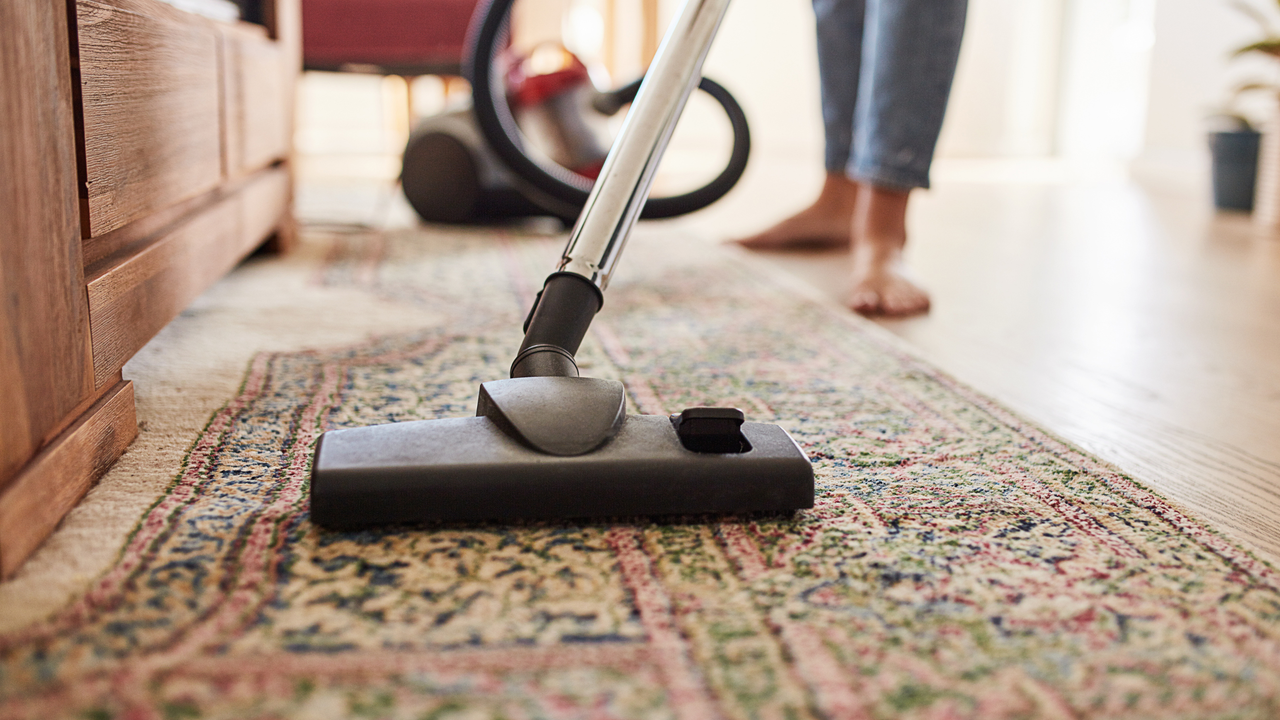

As someone who writes about cleaning and vacuuming for a living, I understand the ins and outs of the many different makes and models on the market. But even I know that the bagged vs bagless vacuum cleaner debate is a tough one.
Although the best vacuum cleaners are typically bagless, it’s fair to say that we’re in the midst of a bagged vacuum cleaner revolution. Perceptions are changing, manufacturers are mixing things up, and people are beginning to wonder if vacuum cleaners with bags really are better. After all, one of the best cordless vacuums in our guide is a cordless, bagged vacuum cleaner that looks extremely sleek and sophisticated.
That’s why I thought it was high time I put these two vacuum options against each other in the ultimate bagged vs bagless vacuum cleaner battle. Below, I will compare everything you need to know about these two offerings, from their suction power to ease of use and cleanliness. Spoiler alert: I think bagged vacuums win!
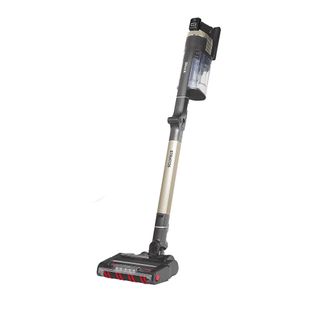
With auto-sensors that increase and reduce suction when needed and anti-odour capsules, the Shark Stratos has been dubbed 'the best vacuum for most people' in our guide. After all, you can't go wrong with Shark.
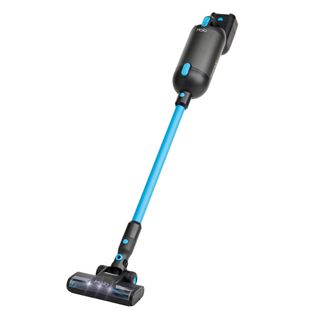
Not only is the Halo Capsule X one of the best bagged cordless vacuums on the market, but it's also been crowned the 'best vacuum for pet hair' in our guide. The suction power is also excellent.
Bagged vs bagless vacuum cleaners: What’s the difference?
The difference between a bagged vs bagless vacuum cleaner is pretty explanatory; one catches the dirt, dust, hair, and other debris sucked up by the vacuum in a vacuum bag, while the other doesn’t have a bag. Instead, a bagless vacuum cleaner has a dust container compartment which needs to be manually emptied into the bin.
Bagged vs bagless vacuum cleaners: Which is easier to use?
Nailing how to vacuum is something that generally stays the same no matter what vacuum you choose. The functionality of the vacuum itself isn’t any different, but the ease with which you use the vacuum is different. And while you need to empty both bagged and bagless vacuums, you do so in a very different way.
With bagged vacuum cleaners, you will need to remove the dust bag when it’s full (after all, you can’t reuse vacuum cleaner bags) and replace it with a new one. This can be fiddly, depending on the model, as you need to ensure that the bag is exactly where it needs to be to prevent any stray dust from going where it shouldn't.
However, the perk of bagged vacuum cleaners is that they often have a much larger capacity than bagless vacuum cleaners - especially when you look at the Henry XL Plus, which comes with a 15L dust bag capacity. That’s over 42 times larger than the capacity of the Dyson V12 Detect Slim Absolute, which has a dust bin capacity of just 0.35L. This means that bagged vacuums are easier in the sense that you’ll need to empty them less.
Get the Ideal Home Newsletter
Sign up to our newsletter for style and decor inspiration, house makeovers, project advice and more.
Another argument in favour of bagged vacuums is that bagless vacuums can require a more hands-on approach when it comes to emptying. When I tested the Dyson V12 Detect Slim Absolute, the dirt and hair would often get caught in the inner cyclone, which meant I had to physically pull it out with my bare hands.
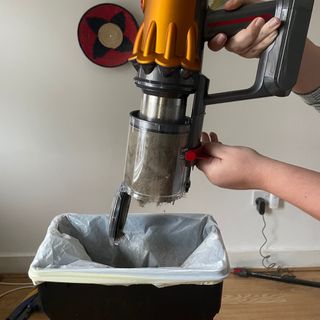
You could argue that it’s easier to see when a bagless vacuum needs emptying though. Isabella Forgione, vacuum cleaner expert at AO.com, explains, ‘Bagless vacuum cleaners differ by using a built-in dust container instead of a bag, and this will often be transparent so you can tell when it needs emptying.’
On the other hand, the only way to know when a bagged vacuum cleaner needs to be emptied is by physically opening up the vacuum and inspecting the bag.
Of course, it’s also worth mentioning that although bagged stick vacuums like the Halo Capsule X and the NUMATIC Henry Quick cordless vacuum exist, most bagged vacuum cleansers are cylinder vacuums. These are generally a lot larger and difficult to manoeuvre and store as a result.
They are also generally heavier, which means that bagless vacuums may be easier to use for those with dexterity or mobility issues.
Bagged vs bagless vacuum cleaners: Which one has better suction?
When choosing a new vacuum cleaner, you need to consider suction. After all, you don’t want to spend your hard-earned money on a vacuum cleaner that doesn’t actually clean your home.
And in the bagged vs bagless vacuum cleaner debate, your first step is to check how much suction a vacuum cleaner has. This is typically determined by the air watts (often abbreviated to AW) and the water lift, which can be found in the technical spec of the model you want to buy. But as every vacuum cleaner has a different level of suction, it’s hard to outright say whether one type is better than the other.
This is echoed by Tom Akers, Product Trainer at Miele GB, who explains, ‘There is typically no difference in suction power between a bagged and a bagless vacuum, and most tend to feature the same maximum wattage of 890 W.’
One thing we do know, however, is that the Ideal Home team has crowned the Miele Complete 3 Cat & Dog Vacuum Cleaner the best vacuum cleaner for suction after its impressive review. This is a bagged cleaner that was able to pick up even the most deep-rooted pet hair, and our tester was amazed by the power.
She said, ‘The suction was incredibly powerful, to the point that it seemed to almost lift the carpet off the floor in certain rooms.’
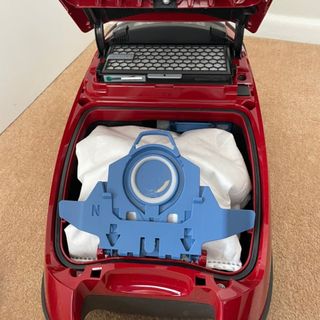
Most experts agree that bagged vacuums also maintain their suction for longer than bagless vacuum cleaners. This is because the bag protects the internal components - like the filter, hoses, and nozzles - from a build-up of dust and debris over time. This will ultimately prevent clogs and debris build-up, which can prevent the motors and filters from working as efficiently as they should.
So, you should be able to enjoy the suction of a bagged model without wondering why your vacuum cleaner has lost suction.
But that’s not to say that bagless options can’t have impressive suction power, either. As new, modern vacuums are making their way into the appliance world, many offer ‘smart’ suction power - like the bagless Shark Detect Pro Cordless Vacuum.
In our review of this 5-star rated bagless vacuum, our Kitchen Appliances Editor, Molly Cleary, tried Shark’s impressive DirtDetect technology, automatically detecting dirt, floor types, and edges to optimise cleaning power. So, it will automatically boost suction when required.
With this in mind, we have to say that this round is a tie, as both bagless and bagged vacuum cleaners can offer impressive suction. The only difference is that bagged vacuum cleaners can generally offer it for longer.
Bagged vs bagless vacuum cleaners: Which one is cleaner?
If you asked 100 vacuum experts whether bagged or bagless vacuum cleaners are cleaner, most would agree that bagged vacuum cleaners are much healthier to have in the home - especially as there’s already the potential for vacuum cleaners to spread dust during vacuuming.
As Paul Bagwell, Founder and CEO of Halo Appliances, explains, ‘Vacuum bags contain specialised filtration systems that are engineered to capture even the smallest particles. By sealing dirt containing bacteria, mould and other harmful microorganisms, individuals are not exposed to these pathogens, which is why choosing a bagged vacuum cleaner vs a bagless model is a far more hygienic choice for those who experience respiratory infections and allergies.’
Alongside the health benefits, bagged vacuum cleaners are also cleaner in the sense that you can simply release the bag and pop it in the bin with very little human interaction required. This means you won’t accidentally pour dust on the floor or find yourself in a cloud of dust - which often happens when you empty a bagless vacuum cleaner.

In fact, Paul says, ‘10 times more dirt escapes from bagless vacuums when emptying,’ and this can then wind itself back into your home if it doesn’t end up in your lungs, eyes, or on your clothes.
Because of this, it’s fair to say that bagged vacuum cleaners win this round, as they are generally cleaner. But when you look at the environmental impact, bagless vacuum cleaners are cleaner as they don’t require bags, which are often non-recyclable.
This isn’t always the case, though, as you can find a bagged vacuum cleaner with compostable vacuum bags if you’re leaning in that direction.
So, if you want to opt for a bagged vacuum cleaner, try to find one with compostable vacuum bags.
Bagged vs bagless vacuum cleaners: What’s the price difference?
As bagless vacuum cleaners are easier to come by, the prices of these vacuums vary immensely. For example, you could buy the Hoover HF2 Cordless Stick Pet Vacuum for an RRP of £219.99 or even less if it’s on sale. On the other end of the spectrum, you could buy Ideal Home’s ‘best overall’ vacuum - the Dyson Gen5detect Absolute - for an RRP of £749.99, which is significantly more.
There are fewer bagged vacuums on the market, but they are generally still cheaper than the most expensive bagless vacuum. The Henry Xtra (the most affordable bagged vacuum) will set you back just £179, but even the most expensive bagged vacuum we’ve tested, the Halo Capsule X, will cost you up to £650 if you choose the option with the most vacuum accessories and 20 extra vacuum bags.
After all, that’s an added cost you need to factor in when it comes to the bagged vs bagless vacuum cleaner debate. Although you can generally buy a bagged vacuum for a lower price, you will have to continually buy bags the more you use it - and these will generally need to be bought from the vacuum’s manufacturer, so they may be pricey.
As Catrin Davies, Senior Product Manager at SDA Hoover, explains, ‘Bagged vacuums may be cheaper to buy initially, but factor in spending another £15-20 a year on replacement bags.’

Final verdict: Which one do you need?
Similar to the Shark vs Dyson debate, the bagged vs bagless debate is entirely dependent on your needs and what you require a vacuum for.
If you want a no-mess vacuum cleaner as you struggle with allergies or want to know that all of the dust and dirt in your home is being captured (and you have the money to spend on extra bags), then a bagged vacuum cleaner can suit you and your home extremely well. It should also last you a long time, so you’ll also get your money’s worth.
In my eyes, you can’t really go wrong with a bagged vacuum cleaner - especially as bagged vacuum cleaners are changing and modernising as the years go by. And while big, bulky, bagged vacuum cleaners exist, cordless stick bagged vacuums offer an impressive alternative to those looking for something smaller and lighter. So, bagged vacuums get my personal vote.
However, if you don’t want to commit to buying replacement bags and you want a bigger pool of vacuum cleaners to choose from, a bagless option will suit you better. That’s because bagless vacuums come in many different shapes and sizes, so you can tailor your decision to your home, storage space, and even your desired aesthetic.
Ultimately, the choice is yours. But I’d suggest that you always read reviews and compare models before parting with your hard-earned money so you will be confident that you’re spending your money on the perfect vacuum for you.
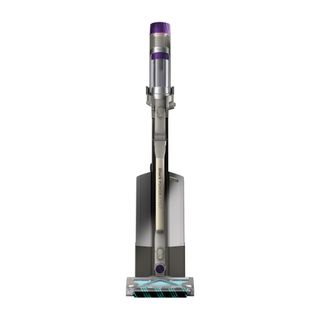
In a sense, this vacuum offers the best of both worlds. Although it's a bagless vacuum, it offers an auto-empty system that keeps dust and debris contained in a much larger bin. Plus, it offers convenient storage.
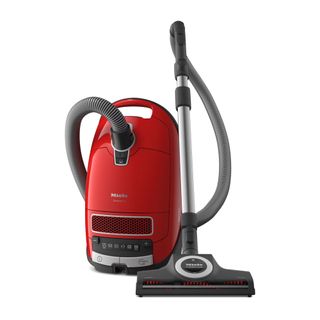
This model may be slightly older than some of the others on the market, but it's a classic for a reason. This bagged vacuum is perfect for those who live with pets and offers some of the best suction power we've come across.

If you're certain you want a bagless vacuum cleaner, this Dyson offering has been dubbed the 'best overall' in our guide. It offers impressive dust detection and a whopping 70-minute run time.
FAQs
Why do bagged vacuums lose suction?
When bagged vacuum cleaners lose suction, this is generally because the vacuum bag is full and needs to be replaced. As a result, it restricts the airflow through the machine and impacts the suction power.
However, as the lack of airflow is due to this full bag (rather than clogged filters or motors, which can affect bagless vacuum cleaners), removing it should instantly improve the suction power. You shouldn’t have any more problems after that, as long as you keep on top of removing and replacing the vacuum cleaner bags.
How long should vacuum bags last?
This all depends on the size of the vacuum bag, how often you use your vacuum, and the size of your home. After all, if you have a vacuum with a small bag and vacuum your large home regularly, your vacuum bag will fill up quickly.
Most experts would also advise that you replace your vacuum bag before it gets completely full, too, which means you may find yourself replacing them earlier than you’d think. So, it’s always a good idea to have spares on hand at all times.
So, there you have it. Hopefully the bagged vs bagless vacuum cleaner debate has helped you decide which one suits you best.

Lauren Bradbury has been the Content Editor for the House Manual section since January 2025 but worked with the team as a freelancer for a year and a half before that. She graduated with a Bachelor’s degree in English and Creative Writing from the University of Chichester in 2016. Then, she dipped her toe into the world of content writing, primarily focusing on home content. After years of agency work, she decided to take the plunge and become a full-time freelancer for online publications, including Real Homes and Ideal Home, before taking on this permanent role. Now, she spends her days searching for the best decluttering and cleaning hacks and creating handy how-to guides for homeowners and renters alike.
-
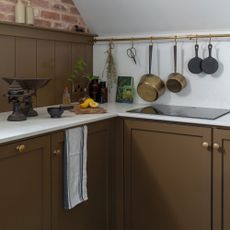 8 rules for organised, clutter-free corner cupboards in a small kitchen – endorsed by kitchen experts
8 rules for organised, clutter-free corner cupboards in a small kitchen – endorsed by kitchen expertsProfessional organisers explain how to make the most of corner cabinets in a small kitchen
By Natasha Brinsmead
-
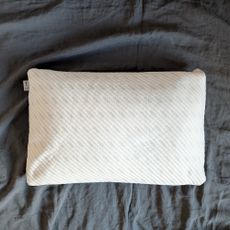 Of the 50 pillows I've tested, the Tempur Cloud is the most expensive. I slept on it for two weeks to see if it's worth the £149 investment
Of the 50 pillows I've tested, the Tempur Cloud is the most expensive. I slept on it for two weeks to see if it's worth the £149 investmentI put the Tempur Cloud SmartCool Pillow to the test to see if it's worth the high price tag
By Amy Lockwood
-
 These are the 3 living room colours out of style in 2025- and the new shades replacing them
These are the 3 living room colours out of style in 2025- and the new shades replacing themDon't redecorate your living room without checking what colours we're saying goodbye to this year
By Holly Walsh
-
 It’s normally impossible to find a Dyson vacuum for under £250 — but QVC has slashed the price of their bestselling models for a limited time
It’s normally impossible to find a Dyson vacuum for under £250 — but QVC has slashed the price of their bestselling models for a limited timeRun don’t walk to pick up the brand’s bestselling model for under £230 before it sells out
By Lauren Bradbury
-
 Catherine Zeta-Jones has revealed the cleaning product she swears by to keep her home fresh - and it’s just £8 on Amazon
Catherine Zeta-Jones has revealed the cleaning product she swears by to keep her home fresh - and it’s just £8 on Amazon'I use it on my counters. I use it on my walls. I use it on my doors. When I smell it, I know my house is clean.'
By Kezia Reynolds
-
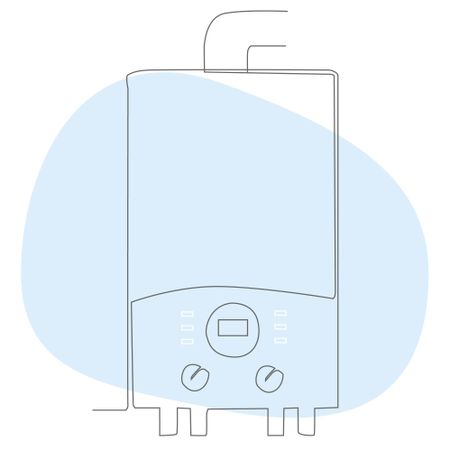 What is boiler flow temperature? Heating experts urge you to check yours now as you could be overpaying on your energy bills
What is boiler flow temperature? Heating experts urge you to check yours now as you could be overpaying on your energy billsTurning this little-known number down just a few degrees can result in some serious savings
By Lauren Bradbury
-
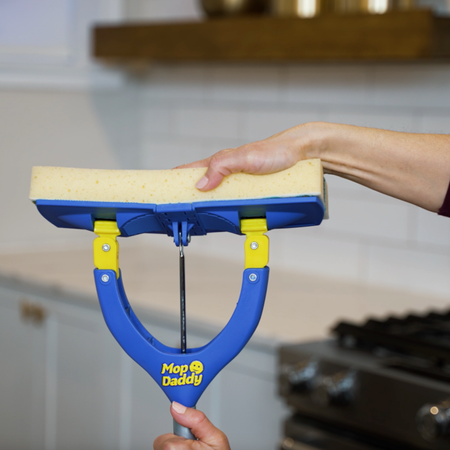 Cult cleaning brand Scrub Daddy has just launched a brand new butterfly mop — could it be the ultimate solution for banishing stubborn marks on your floor?
Cult cleaning brand Scrub Daddy has just launched a brand new butterfly mop — could it be the ultimate solution for banishing stubborn marks on your floor?We're obsessed with all things Scrub Daddy
By Kezia Reynolds
-
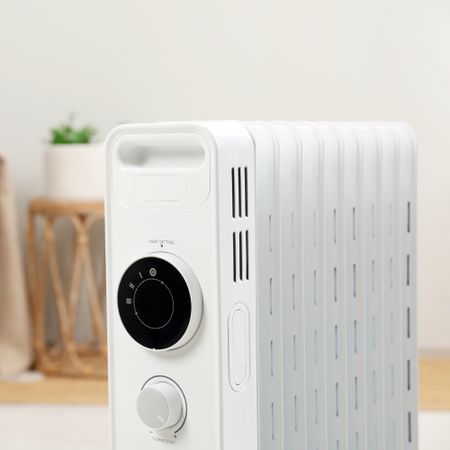 Electric heater vs electric blanket — heating experts weigh in on the effectiveness (and affordability) of these winter warmers
Electric heater vs electric blanket — heating experts weigh in on the effectiveness (and affordability) of these winter warmersConstantly cold at night? Experts weigh in on whether an electric heater or electric blanket will suit you best
By Lauren Bradbury
-
 What is sugar soap? The £5 DIY essential you need for perfectly prepped walls for painting
What is sugar soap? The £5 DIY essential you need for perfectly prepped walls for paintingThis DIY hero is the key to achieving a perfectly painted wall
By Kezia Reynolds
-
 ‘Purge Parties’ are taking social media by storm — and this new trend solves one of the biggest decluttering problems everyone faces
‘Purge Parties’ are taking social media by storm — and this new trend solves one of the biggest decluttering problems everyone facesYou’ll be happy to know that it has nothing to do with *that* horror film
By Lauren Bradbury
-
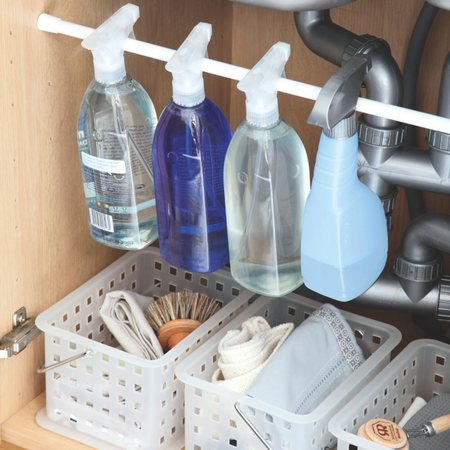 Do your cleaning products need a declutter? Experts weigh in on what you really need to clean your home
Do your cleaning products need a declutter? Experts weigh in on what you really need to clean your homeWe promise you do not need four different surface sprays...
By Kezia Reynolds